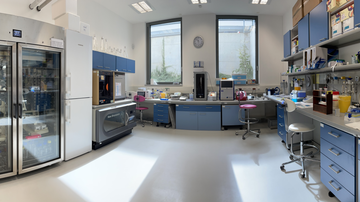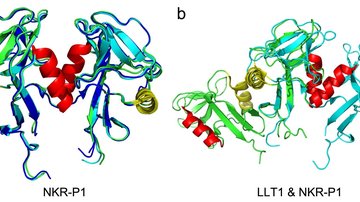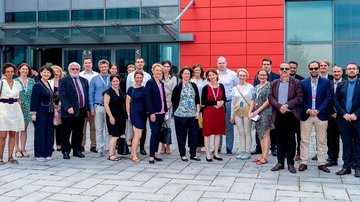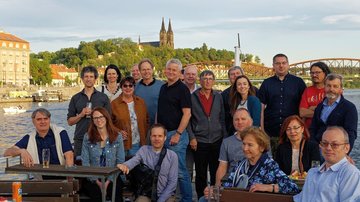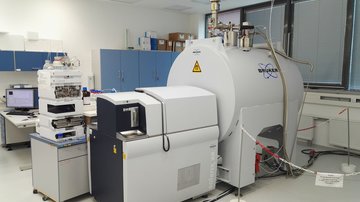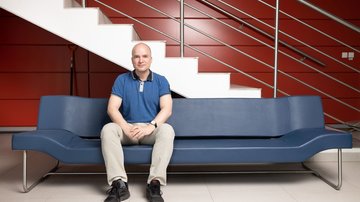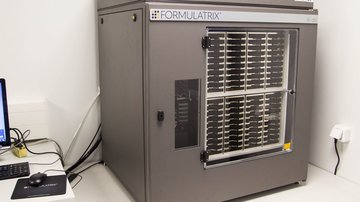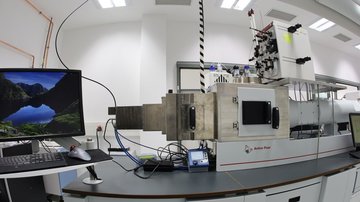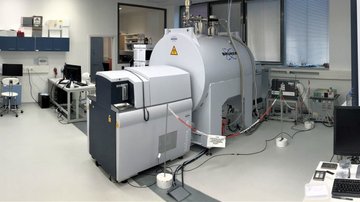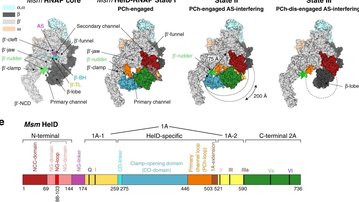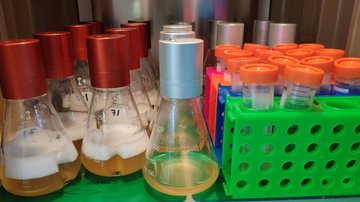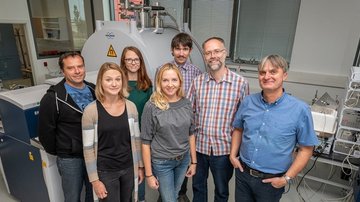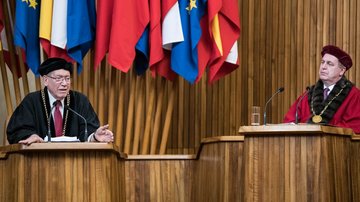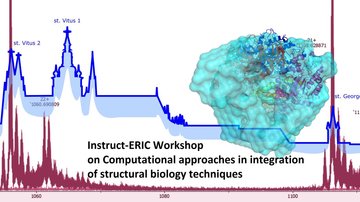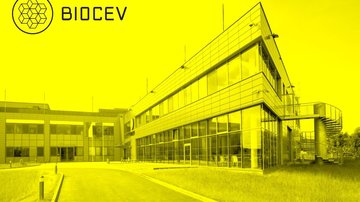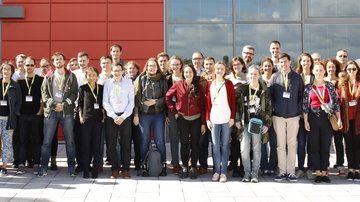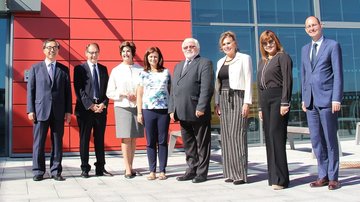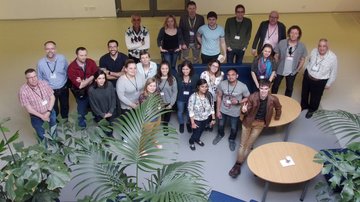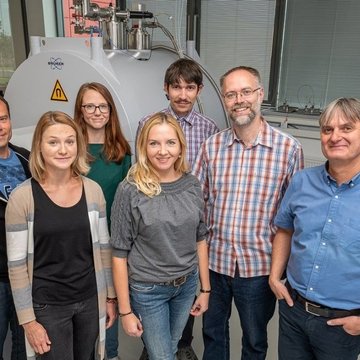
Centre of Molecular Structure
CMS Newsletter - Updates and improvements
Hottest CMS service: Crystallization and diffraction screening from your couch
CMS is well equipped for high throughput screening of crystallization conditions of biological macromolecules. The instrumentation access is now offered as a remote access screening pipeline. The user brings or sends the samples which are set for crystallization experiments by CMS staff using liquid handling robotics. The crystallization plates are then stored in the crystallization hotel. The user can remotely check the crystallization progress using a web-based interface. Interesting hits identified by the user (with help of MARCO) are then tested with X-ray diffraction in situ by CMS staff, and the results are reported back to the user. Within the pipeline, the in situ X-ray diffraction testing is offered free of charge. The pipeline is now offered in pilot mode.
Crystallization of Proteins and Nucleic Acids
Our Crystallization core facility has been recently upgraded with the installation of a new crystallization robot NT8 from Formulatrix. The instrument has several unique features: Crystallization drops are set in an area with a controlled level of humidity, the minimal transferred volume can be 50 nl, the robot can be used for robotic seeding and the LCP head enables the crystallization in the lipidic cubic phase. All these features represent a step forward in the crystallization of biomolecules. All crystallization experiments in the Formulatrix crystallization hotel can be monitored remotely from home or from your home institution

Our facility users may also use the newly available machine learning algorithm MARCO (Machine Recognition of Crystallization Outcomes), which is part of the RockMaker software, managing the screening of crystallization plates in the crystallization hotel RI1000. MARCO is used for the identification of successful crystallization experiments.
Biophysical Techniques
In the Biophysical Techniques core facility, we have purchased a new accessory to the FLS1000 Fluorescence spectrometer. SuperK EXTREME, a supercontinuum white light laser (NKT Photonics) delivers high brightness diffraction limited light in the entire 390-2400 nm region, as well as a wide spectral output while keeping the high brightness and mode quality known from single line lasers. It ensures excellent reliability and provides high power and exceptional lifetime together with the highest of safety standard. A supercontinuum laser is indispensable for the time-resolved fluorescence measurements of the fluorophores commonly used in biology. SuperK EXTREME This light source provides repetition rates from 78 MHz to 2 MHz (pulse picking option), giving the ultimate choice for lifetime applications.
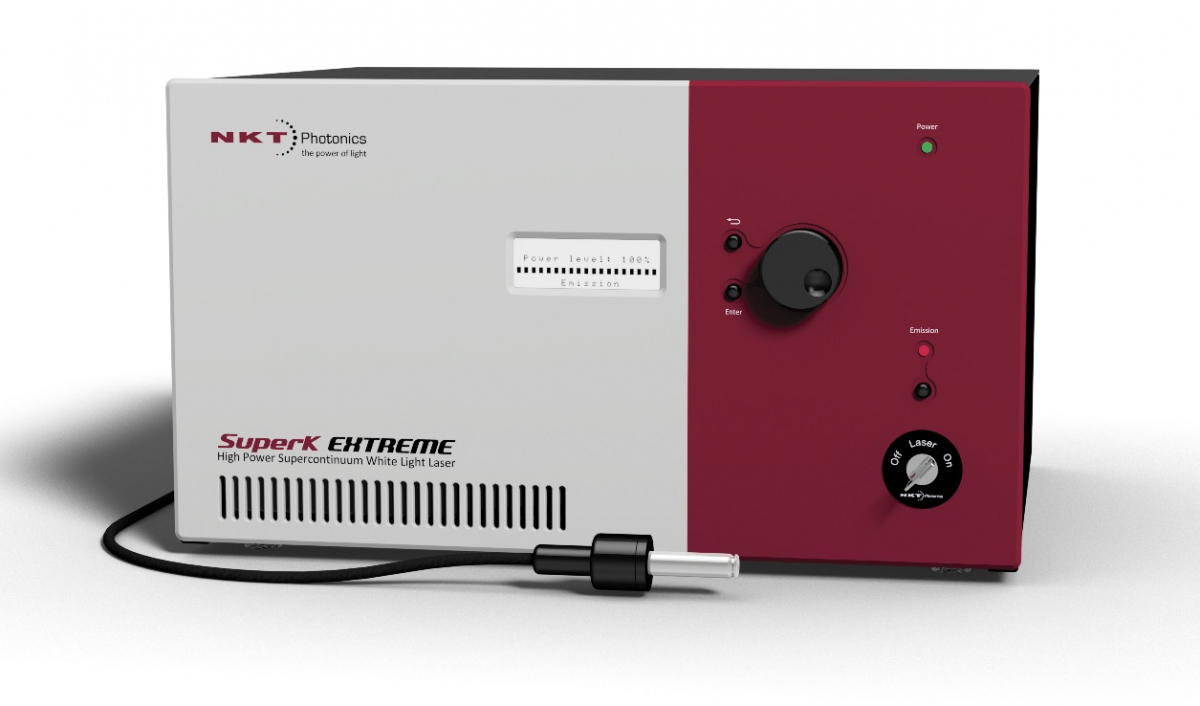
Diffraction Techniques
The single crystal X-ray diffractometer in CMS was recently equipped for controlling humidity levels of the crystal environment (HC-Lab, Arinax). The crystals can be treated at room temperature, while constantly monitoring their diffraction quality. The treated crystal can then be flash frozen for standard data collection in CMS or stored for data collection at synchrotron. The device also enables room temperature data collection. The example shown on the left is a real user project with improved diffraction resolution from 8Å to 1.8Å - practically making the structure solution process possible.
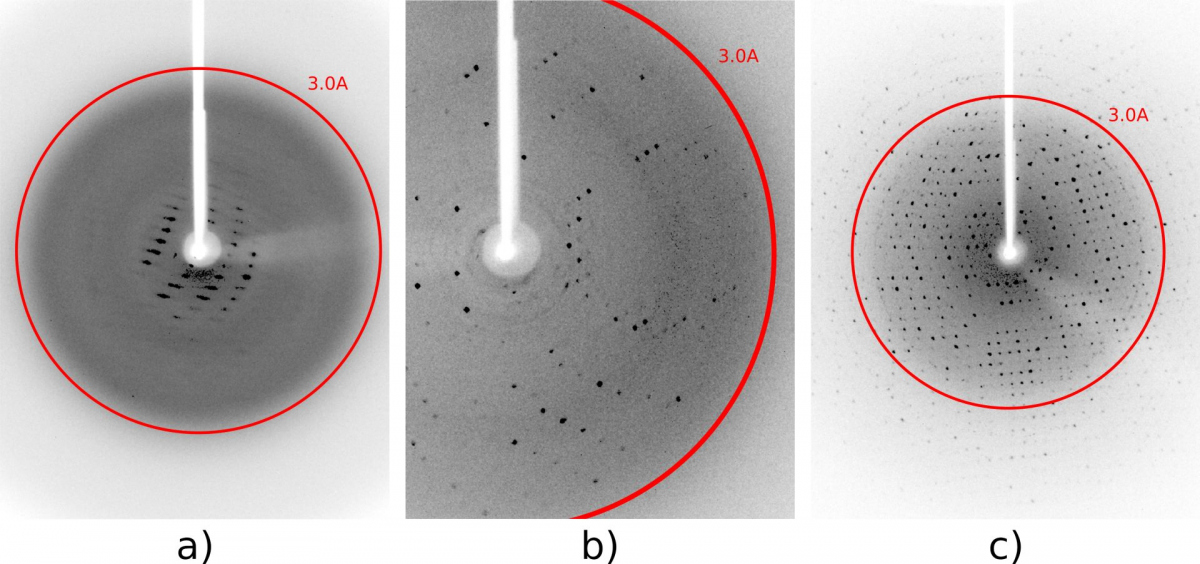
Our SAXS instrument can be newly coupled with a liquid chromatography system. Analytical size exclusion chromatography can be used for separation of different particle types, and SAXS data can be immediately collected on the fractions in both online and offline configurations. The method also helps to mitigate dynamic processes between macromolecules. Users can also use the SAXS instrument in CMS to fine tune their experimental and sample preparation conditions before their synchrotron trips for the most effective usage of their synchrotron time.
Structural Mass Spectrometry
Our new UV ExciStar laser from Coherent, installed in the Structural Mass Spectrometry core facility, is used for Ultraviolet Photodissociation (UVPD) of proteins in top-down experiments. UVPD can be also used to dissociate noncovalent complexes assembled from multiple proteins without breaking any covalent bonds. The UV laser is linked with the current IR laser, which is used for infrared multiphoton dissociation (IRMPD) of proteins. Switching between both fragmentation techniques improves proteins sequence coverage compared to other currently available methods. The laser can be used for fragmentation of intact proteins to give you better information about primary amino acid sequence.
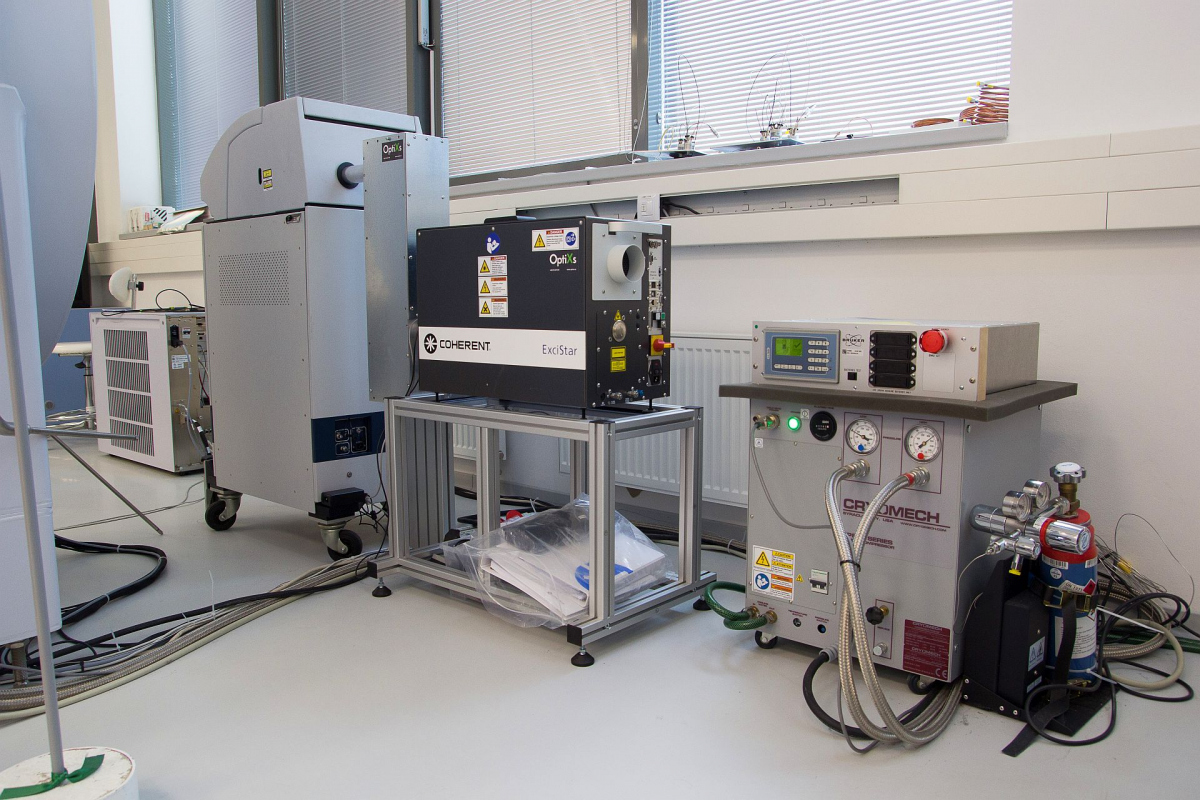
We are looking forward to you in CMS!
- Tatsiana Charnavets (Biophysical Techniques)
- Jiří Pavlíček (Crystallization of Proteins and Nucleic Acids)
- Petr Pompach (Structural Mass Spectrometry)
- Jan Stránský (Diffraction Techniques)
- Pavla Vaňková (Structural Mass Spectrometry)
- Michal Strnad (IT)
- Lubica Škultétyová (technician)
- Magdalena Schneiderová (admin)
- Jan Dohnálek (CMS Head)
You can realize your projects at CMS via an online application HERE
Find out more information at ciisb.org, ibt.cas.cz/core-facility/CMS or contact magdalena.schneiderova@ibt.cas.cz, jan.dohnalek@ibt.cas.cz

